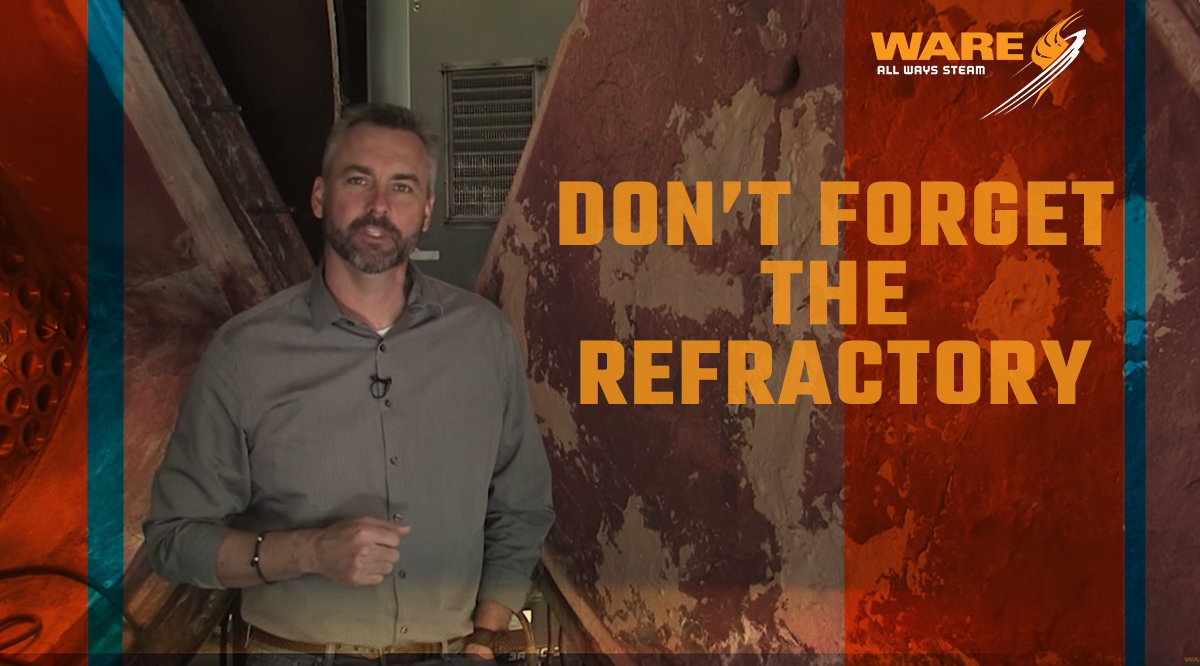Boiler maintenance often focuses on the tubes, fittings, valves and other mechanical components. While it’s critical for these parts to be in great condition and they often see the most wear and tear, there are additional boiler components that require specialized attention. A boiler’s refractory may not be made of metal, but it’s still of vital importance that it’s maintained. The refractory is a material that is used to insulate parts of the boiler system. It helps to regulate temperature by both keeping heat in the vessel and preventing it from overheating.
What’s the refractory made of, and where can I find it?
Refractory is most commonly made of a ceramic material. You’ll find it on the edges of your boiler’s burners, on parts or all of the rear door of a firetube boiler, and along the front and rear walls and the tube/drum connections of watertube boilers. In some boilers, bricks of refractory can even be found around the bottom or sides of the machinery. Even though refractory is a critical component of a smoothly running boiler, it’s often neglected, leading to potentially serious problems in the long term.
Why does refractory matter so much?
No matter the size of your boiler, its furnace area is going to be an inhospitable place. Because the burner sends a large flame into the furnace, the metal surfaces are constantly exposed to extreme heat. Since the purpose of a boiler is to transfer heat from the flame through those metal surfaces and into the water, that high heat is good for quickly bringing the water up to high temperatures. The challenge is that not all parts of a boiler receive heat equally. Some areas of the boiler, like the rear door of a firetube boiler, are directly targeted by most of the heat coming from the flame. This means they require additional protection.
Without that protective refractory in place, the metal in a boiler would be unable to dissipate heat quickly enough, causing it to eventually warp or melt completely. This outcome can ultimately ruin an entire vessel, so it’s important to avoid it at all costs. And keep in mind that boilers don’t just experience thermal stress from constant heat. They also undergo constant heating up and cooling off that occurs during cold startups and cycling on and off. The refractory has to be somewhat flexible to handle the expansion and contraction that comes with these heating and cooling cycles.
So, what do I do?
Your best bet? Don’t forget the refractory! Make sure you’re regularly checking the quality and state of your boiler’s refractory when you check up on the rest of its regularly maintained parts. That’s the surest way to make sure your boiler stays working efficiently and lasts as long as possible.
To learn more about refractory, check out this helpful Boiling Point video.
Need help checking, repairing or replacing yours? We’re just a phone call away. 1-800-228-8861
